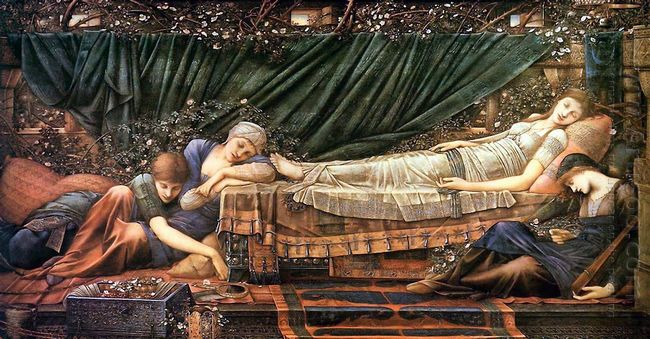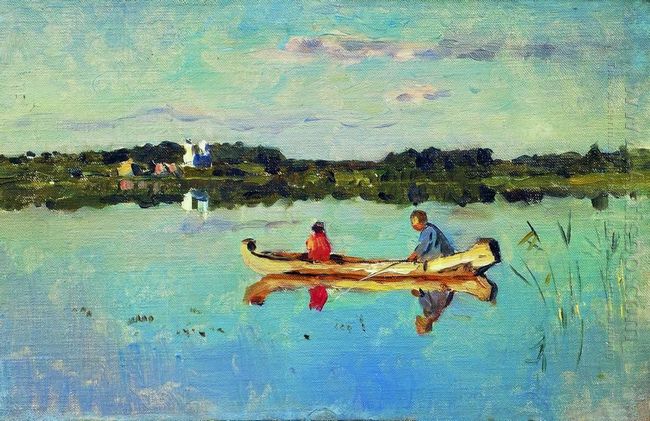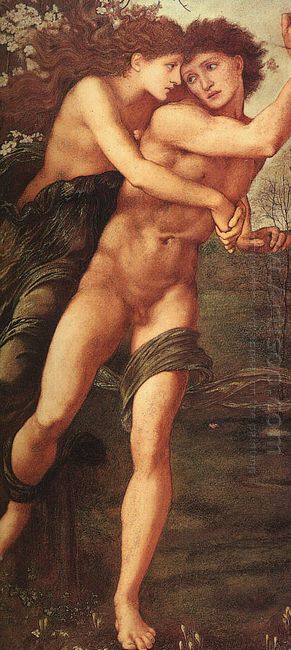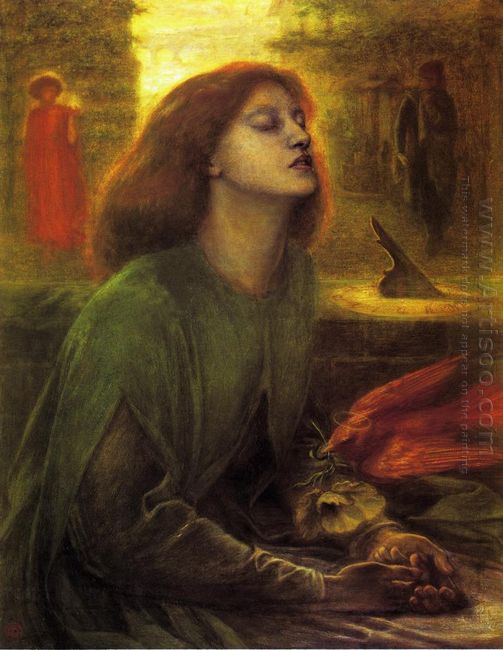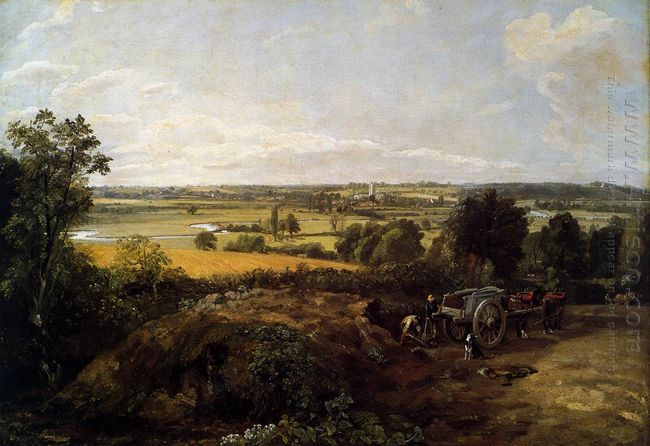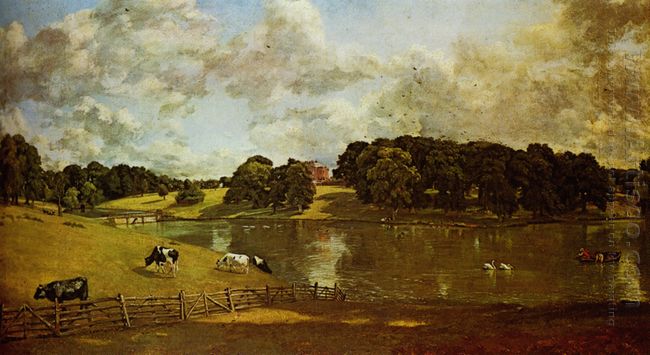The Dream was created by Henri Rousseau in 1910, a French Post-Impressionist painter. As his last completed work, it was first debuted a few months before his death.
It’s one of Rousseau’s paintings with a jungle theme with surreal fantasy. In the left of the painting, a white naked woman, Rousseau’s mistress from his youth, is lying on a modern couch in a lush and exotic jungle, including lotus flowers, fruit trees, elephant, birds, lions, and a snake. She reaches out her left arm towards the lions and a black man on the right. On the upper right side, a bright full moon is hanging in the sky, and the black snake charmer is playing flute, facing the viewers, with two lions around him. Huge lotus flowers with blue and pink colors are in full bloom. It just likes a jungle in fairy tales. It’s not a real jungle for lotus flowers are not growing in jungles. According to a letter by Rousseau to art critic Andre Dupont, the painting depicts a woman dreaming she is listening to a flute player in the jungle while she lying in a couch in Paris. To help understand the painting, Rousseau ever wrote a related poem:
Yadwigha in a beautiful dream
Having fallen gently to sleep
Heard the sounds of a reed instrument
Played by a well-intentioned [snake] charmer.
As the moon reflected
On the rivers [or flowers], the verdant trees,
The wild snakes lend an ear
To the joyous tunes of the instrument.
The painting The Dream exudes a feeling of peace and harmony. The quiet lions and birds are the symbols of thoughts, reflecting the painter’s inner peace.
Though it’s a painting that depicts jungle scenes, Rousseau himself never saw a jungle. The Dream is the dream of Yadwigha, and even the dream of Rousseau. It’s the product of Rousseau’s imagination. His got inspiration from illustrated books and botanical gardens in Paris, and he heard stories spread by soldiers who had experienced the French expedition to Mexico during his term of service in army.
Rousseau started painting at a late age, in his early forties. He was self-taught and has never been trained professionally. He is considered as a naive or primitive painter. His early works were not quite welcomed and received negative receptions, but he still kept on his own style without following the stream. Therefore, now we can these unique artworks, simple, naive, but natural and exotic.

